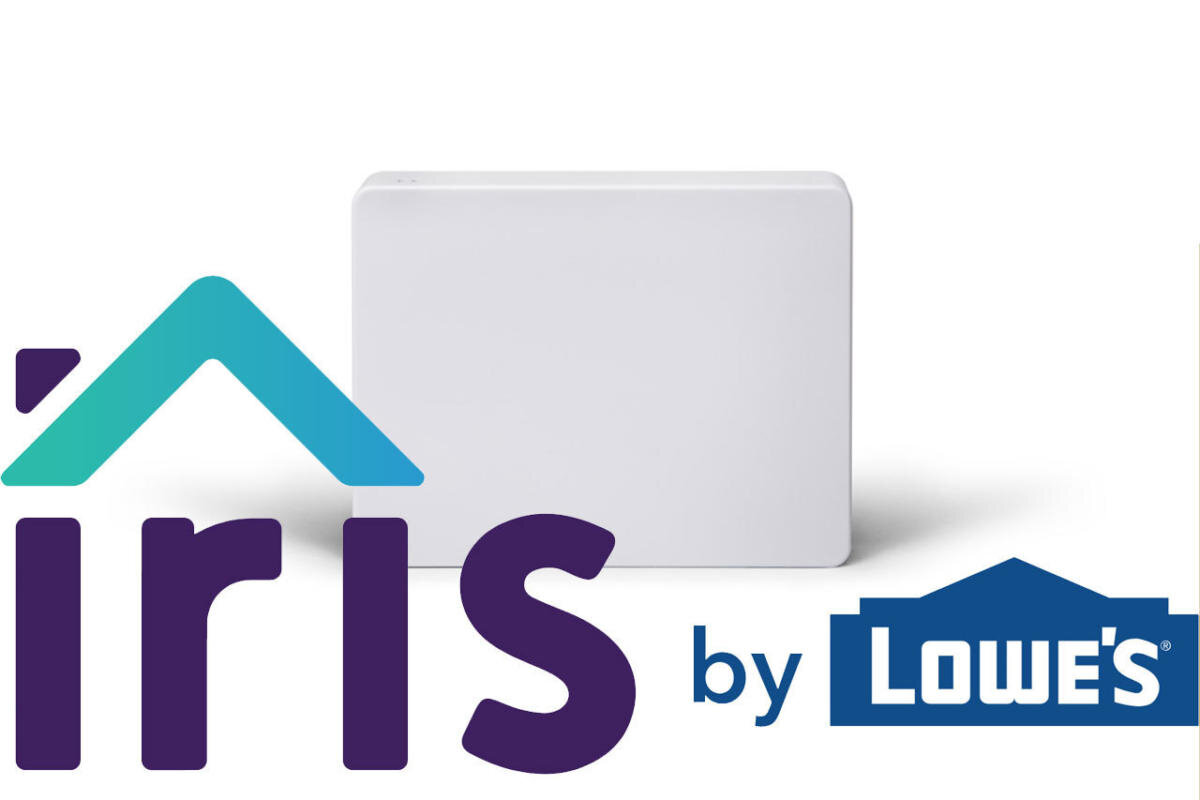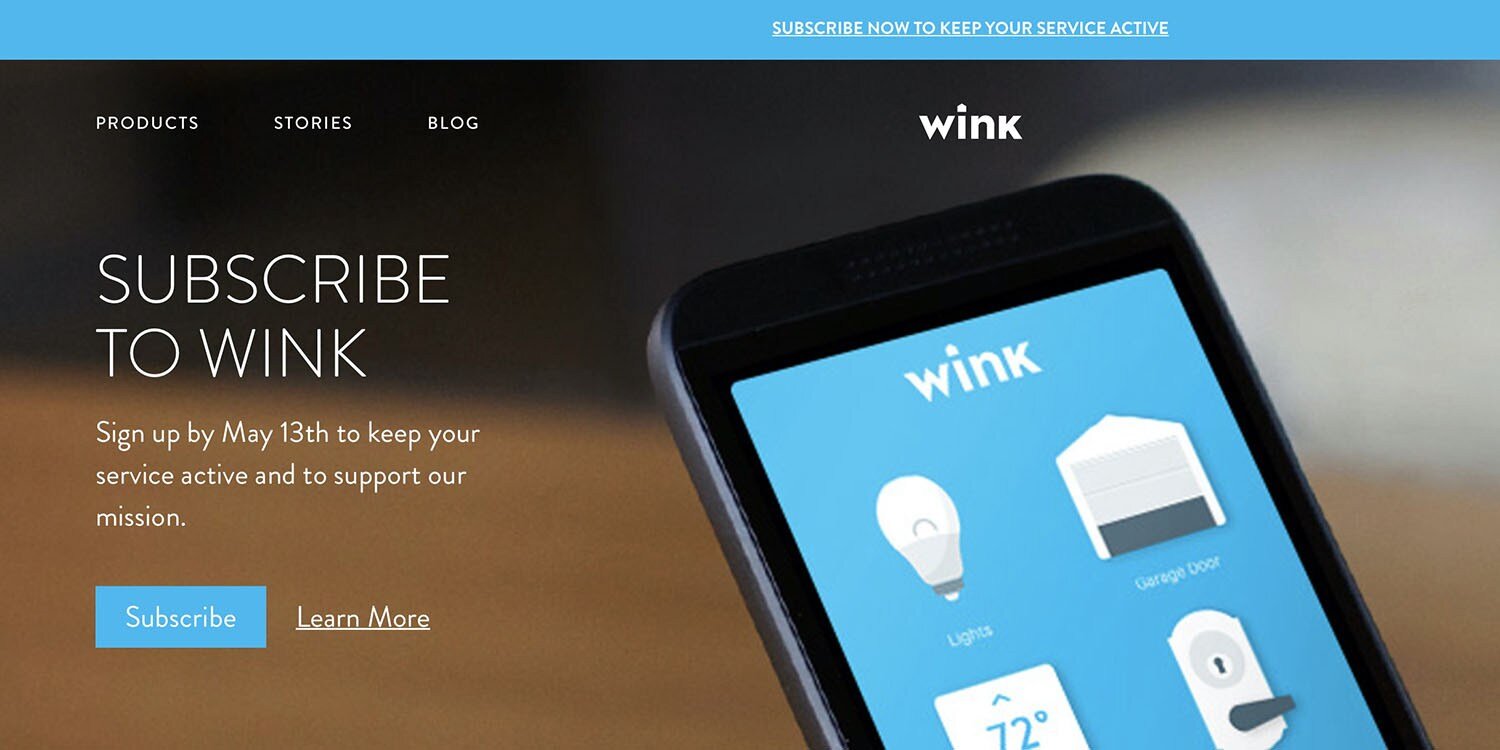R.I.P. SmartThings Classic
Samsung has announced that the SmartThings Classic app will be discontinued on October 14, 2020. After that date, you will no longer be able to use the SmartThings migration tool to move your SmartThings Classic settings to the new SmartThings app and will be forced to rebuild settings and automations manually.
The migration should go smoothly if your existing SmartThings location only uses stock smart apps, routines, and device handlers. However, if you were an early adopter and used custom smart apps and device handlers (e.g. Rboy Apps Lock Code Manager and Universal Enhanced Z-wave Lock) to support advanced smart home features or functionality, then you may have some troubleshooting.
Samsung compiled an FAQ for the Classic App transition to help users with the migration, or you can contact SmartThings technical support for assistance.
More changes coming
There are additional changes on the horizon for SmartThings after the Classic app is retired.
Users will soon not be able to write custom device handlers in Groovy, the programming language that the SmartThings platform uses. Developers and users will have to use an API to access features, devices, and controls on the SmartThings platform.
Developers will have to migrate to a new, still undefined, development environment to build custom device handlers since the SmartThings IDE (integrated development environment) will be discontinued.
These changes will mostly impact more advanced SmartThings setups owned by early adopters and enthusiast users, which were the driving force behind SmartThings in the early days. Now Samsung SmartThings is focused on simplifying its platform to make it easier for mainstream users to pair devices and setup basic home automations.
Cautionary tales of the “free” smart home
The Lowe’s Iris shut down in 2019, and Wink’s pivot to a subscription model in 2020, are cautionary tales about free cloud smart home platforms like SmartThings. Ongoing development, server, and support expenses are not offset by the small income from selling inexpensive hubs. These smart home platforms must reduce their expenses or generate recurring revenue to become sustainable businesses. Unlike the other platforms, SmartThings is backed by Samsung, which has its own line of connected devices. Therefore, while SmartThings may not have the same fate as Lowe’s Iris, it is likely to continue to simplify its platform to reduce ongoing operating and support expenses while “improving the [mainstream] user experience.”
Fortunately, many home automation devices installed on SmartThings systems use local wireless standards like Z-wave and Zigbee, so users are not trapped in the SmartThings ecosystem. Users can replace their SmartThings hub with a more advanced smart home hub to regain control of their smart home.
Tech-savvy users with time on their hands can migrate to an open-source solution like Home Assistant or OpenHAB.
“Pro-sumer” users that want a more developed smart home platform with centralized support could move to Vera or HomeSeer.
Users that want professional installation and support can migrate to a professional platform with home automation, like Alarm.com or Clare Controls.
Thinking of updating your smart home platform?
Contact us to schedule a consultation to find the Pro-sumer or Professional smart home solution to meet your needs.



